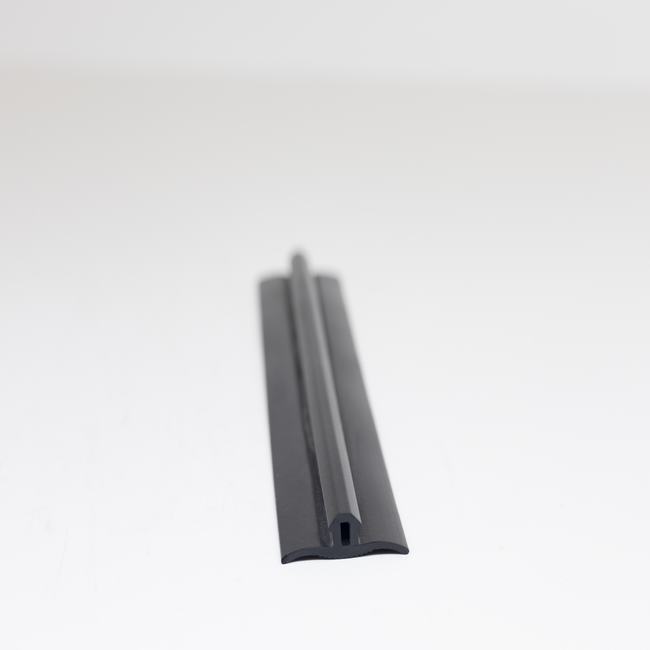Garage door seals, also known as weatherstripping or garage door weather seals, are essential components used to create a tight and secure seal around the edges of garage doors. These seals play a crucial role in preventing the entry of outdoor elements such as rain, wind, dust, pests, and cold or hot air into the garage space. Garage door seals are available in various types, each designed to serve specific purposes and fit different garage door styles. Here is an overview of garage door seals, their types, features, and benefits:
Types of Garage Door Seals:
- Bottom Seals: These seals are installed at the bottom of the garage door and are designed to seal the gap between the door and the garage floor. They help prevent water, dirt, and pests from entering the garage and can also improve insulation.
- Top Seals: Top seals, also known as header seals, are typically installed at the top of the garage door opening. They create a seal between the top of the door and the header, preventing drafts and outdoor elements from entering.
- Side Seals: Side seals, also called astragal seals, are installed on the sides of the garage door frame. They create a seal between the edges of the door and the door frame, reducing drafts and preventing debris and insects from entering.
- Threshold Seals: Threshold seals are installed on the garage floor at the base of the door. They create a barrier to prevent water, leaves, and pests from flowing or crawling under the garage door. Threshold seals are particularly useful for preventing flooding.
Features of Garage Door Seals:
- Weather Resistance: Garage door seals are designed to withstand various weather conditions, including rain, snow, and extreme temperatures, without deteriorating.
- Durability: High-quality seals are made from durable materials such as rubber, vinyl, or neoprene, ensuring a long service life.
- Easy Installation: Most garage door seals come with adhesive backing or can be attached using screws or nails, making installation relatively straightforward.
- Insulation: Some garage door seals provide thermal insulation, helping to regulate the temperature inside the garage and potentially reducing energy costs.
- Pest Prevention: Seals with tight-fitting designs are effective in keeping pests such as rodents and insects out of the garage.
Benefits of Garage Door Seals:
- Energy Efficiency: Properly installed garage door seals help maintain a consistent temperature inside the garage, which can improve energy efficiency and reduce heating or cooling costs.
- Protection: Garage door seals protect the garage and its contents from water damage, dust, and debris, extending the life of stored items and preventing costly repairs.
- Comfort: By preventing drafts and temperature extremes, garage door seals create a more comfortable working or storage environment within the garage.
- Security: Sealed garage doors provide an additional level of security, as they deter unauthorized entry and make it more challenging for intruders to access the garage.
In conclusion, garage door seals are essential for maintaining the integrity of the garage and ensuring a comfortable and secure environment. Choosing the right type of seal and ensuring proper installation can lead to improved energy efficiency and protection against the elements.

